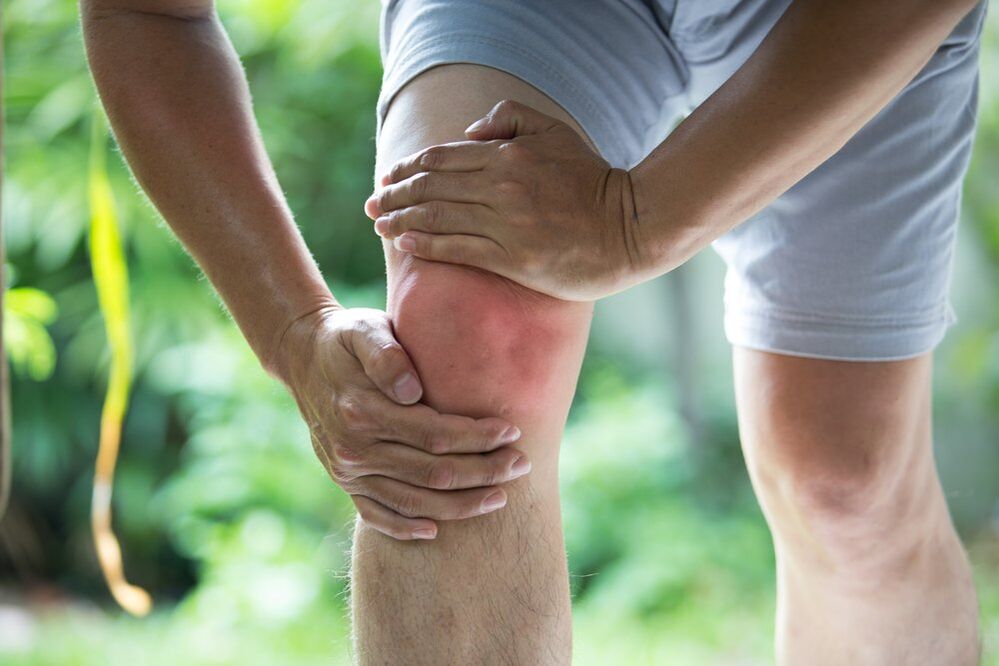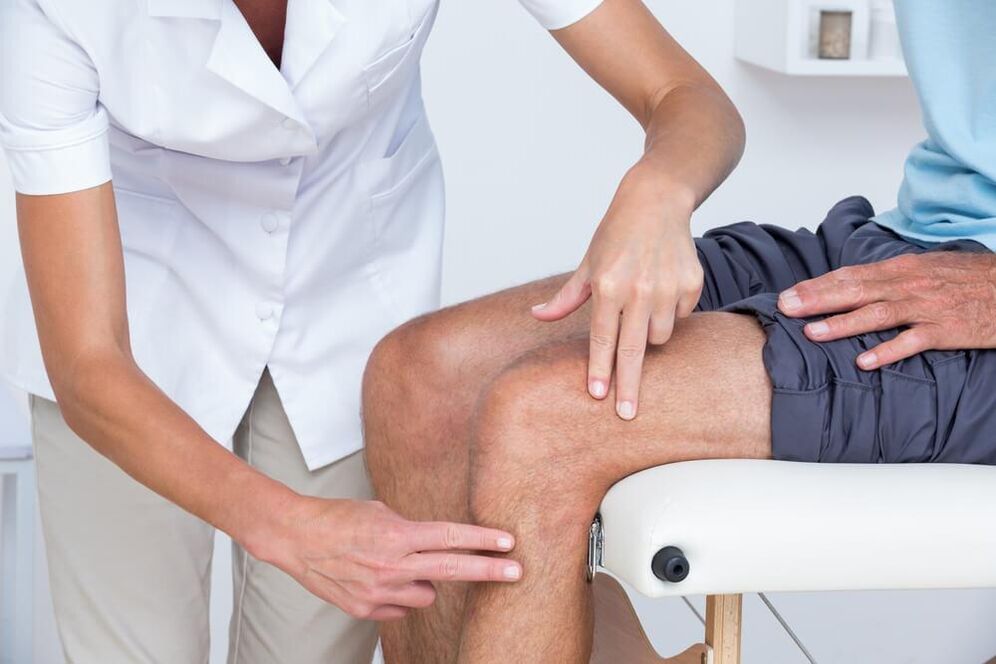Knee arthropathy or knee arthropathy is a chronic disease that gradually develops into a disease, usually leading to disability. At present, in the frequency of all joint diseases, gonorrhea is one of the leading positions. The most common is that middle-aged and elderly people (mainly female representatives) encounter this pathological process.
General information and classification
Knee arthritis is a disease characterized by progressive degeneration of dystrophic damage to cartilage tissue, followed by damage to other structures in the knee joint area. As we have already said, this disease is mainly caused by cartilage. However, then the pathological changes spread to the synovium, joint capsule, adjacent bones and ligaments.
As statistics show, among the forty-five-year-old population, about 13% of people develop knee arthritis. Subsequently, about 15% of patients with knee injuries faced this disease. More than 60% of patients indicated that their quality of life was reduced due to this pathological state. The disability rate is between 10% and 21%.
In 2011, a group of scientists analyzed the treatment methods of 300 outpatients with knee arthritis. At the same time, it was found that women accounted for 2. 3 times of the population seeking medical care. The average age of the patients was 51 years. It is possible to find concomitant pathology in 27. 3% of patients. Compared with female representatives, the first-time males suffered from the disease for a shorter period of time and the severity of arthritis was also lower.
As we have already said, untreated knee arthritis often causes disability in patients. This is due to the fact that in the late stages of the disease, the joint deforms, thereby restricting its movement. It became difficult for the patient to move around and he was forced to use auxiliary items such as crutches.
Arthritis of the knee joint is divided into two forms: primary and secondary. When the cartilage tissue of the joint changes without trauma, it will form the main form. According to statistics, it accounts for about 38%. If there is a history of trauma, a history of inflammatory pathology, etc. , secondary forms occur.
In addition, this pathological process has three severity levels. At first glance, the severity of clinical manifestations is the lowest, with no deformities. The second degree is characterized by increased symptoms and moderate restriction of joint movement. In the third degree, a significant deformation of the joint is determined.
Causes of knee joint development

The main cause of knee arthritis is injury. From the moment of injury, the formation of pathological changes in the joint usually takes three to five years, but sometimes the early development of arthritis can also be observed. Another common cause is increased pressure on the joints. People who overload their knee joints while participating in sports are at risk. These people are overweight.
People with previous arthritis, metabolic disorders, and genetic susceptibility have a significantly increased risk of arthritis.
Symptoms of knee arthritis
The symptoms of this disease gradually increase. First, a person pays attention to mild joint pain, which is aggravated during physical exercise. The typical clinical sign is soreness during the first exercise after sitting for a long time.
Sometimes there is a slight swelling in the joint area, but in most cases there are no external symptoms of this disease.
Untreated knee osteoarthritis continues to develop. When it reaches the second degree, even with little physical labor, the pain will become more intense and even appear. The pain syndrome disappears when stationary, but it reappears when the exercise starts. In the future, the range of motion of the joints will be limited, and sometimes there will be violent crunching sounds.
In the third degree, the pain becomes almost constant, sometimes even at night. The patient was unable to bend or straighten the leg completely, and found that the joint was deformed outside. The patient's gait becomes unstable; in severe cases, he can only move with support.
Principles of Diagnosing Arthritis

Generally, arthritis of the knee joint does not cause any difficulties in diagnosis. The inspection plan includes external inspection and X-ray inspection. Currently, radiography is the main diagnostic method for this disease. However, it is worth noting that there may be no radiographic signs at the initial stage, but this does not rule out the diagnosis. If more detailed research is needed, in addition to radiography, computed tomography or magnetic resonance imaging can also be used.
Knee arthritis: treatment and prevention
Because of joint degenerative dystrophic damage, treatment can be conservative or surgical. It is worth noting that the effectiveness of treatment will directly depend on the start time of treatment. Among these drugs, non-steroidal anti-inflammatory drugs and chondroprotective agents are used. Sometimes it is necessary to administer glucocorticoids intra-articularly. Physical therapy and therapeutic exercise are complementary to the treatment plan.
However, for advanced knee joint disease, surgical methods are used for treatment. The most common is to use joint replacement surgery and then take rehabilitation measures.
In 2013, scientists published an article that provided research data comparing the quality of life of patients undergoing knee arthroplasty with the quality of life of patients undergoing conservative treatment for knee joint disease. A survey was conducted and the results showed that three months after the prosthesis was performed, people’s quality of life was higher than if only conservative treatment was used.
The main method of prevention is to avoid injury and overwork of the knee joint.



















